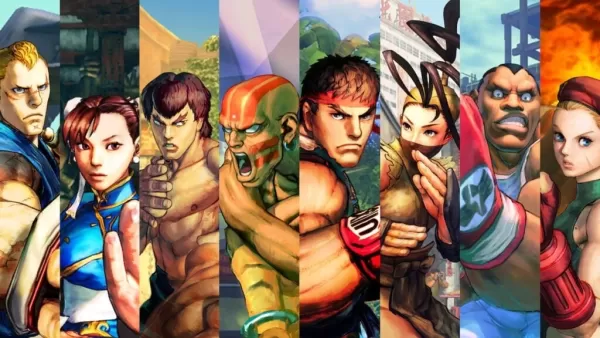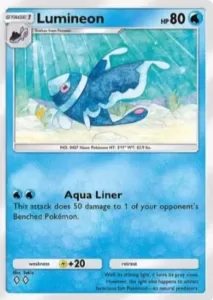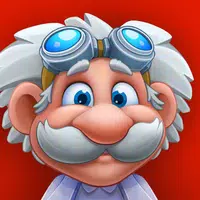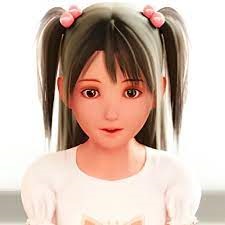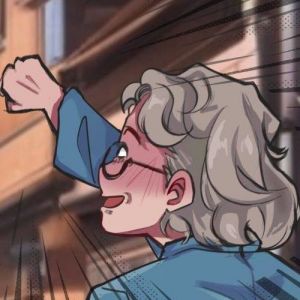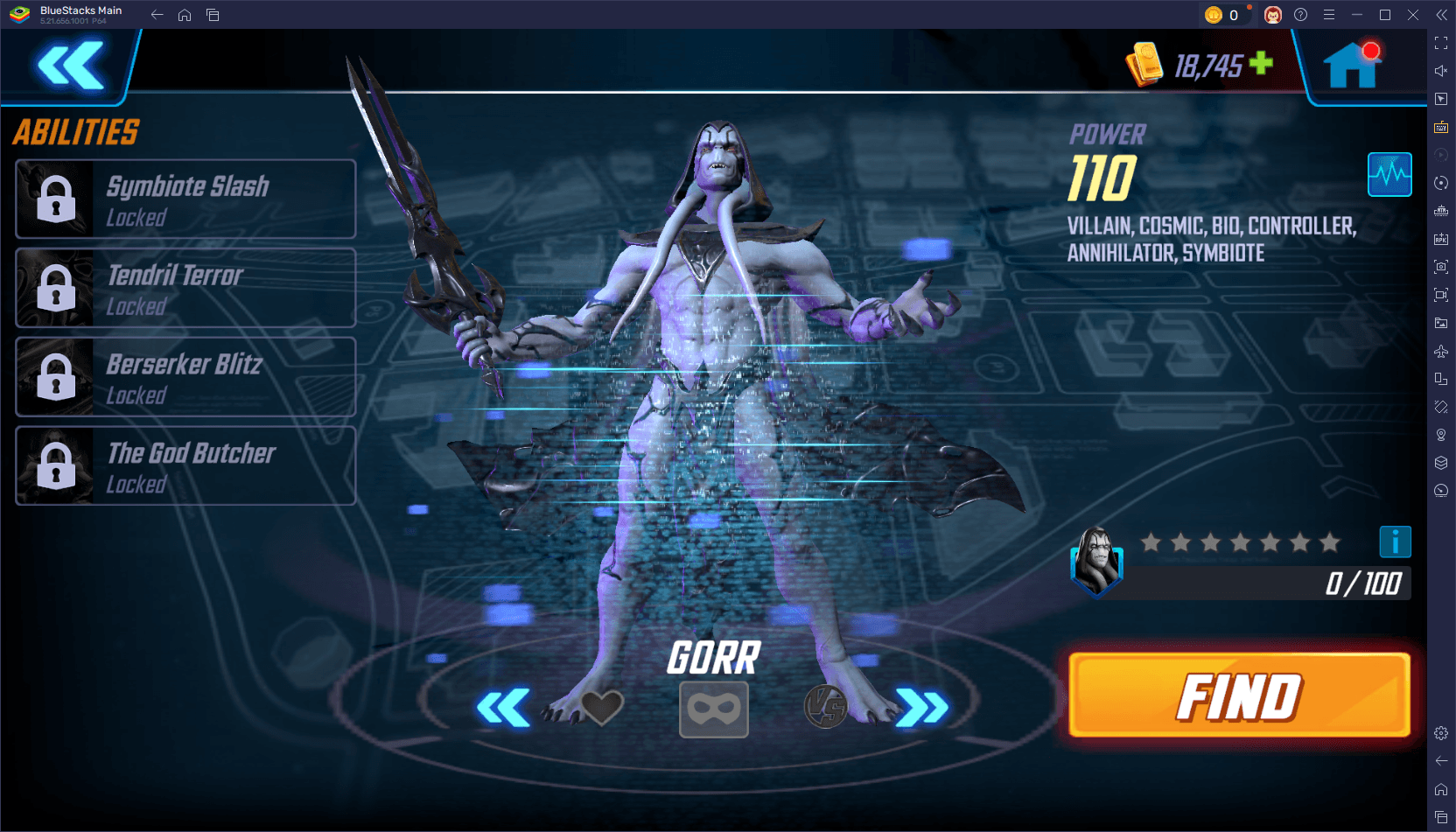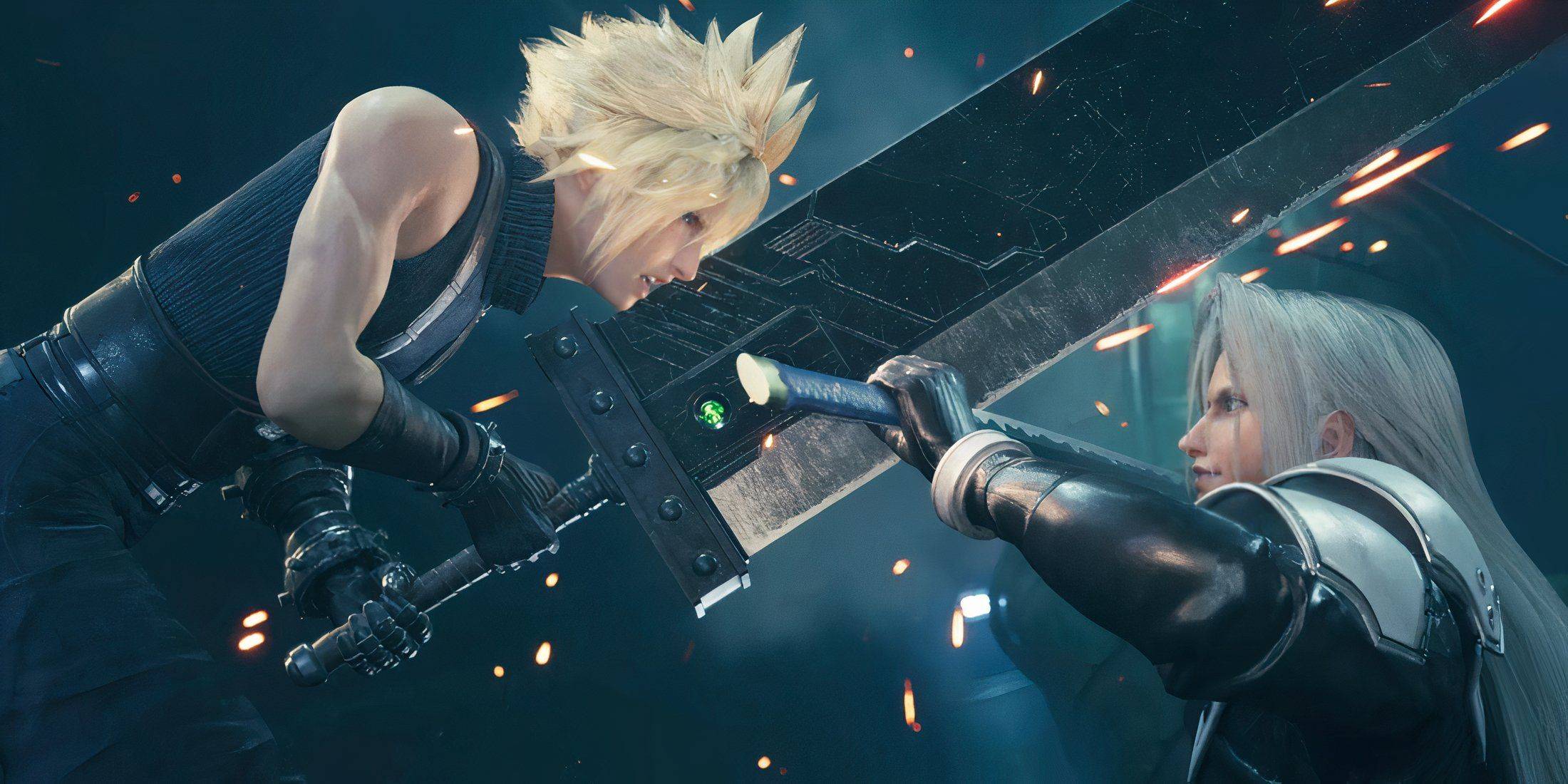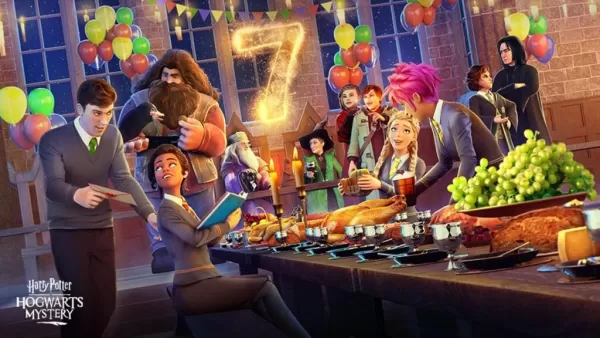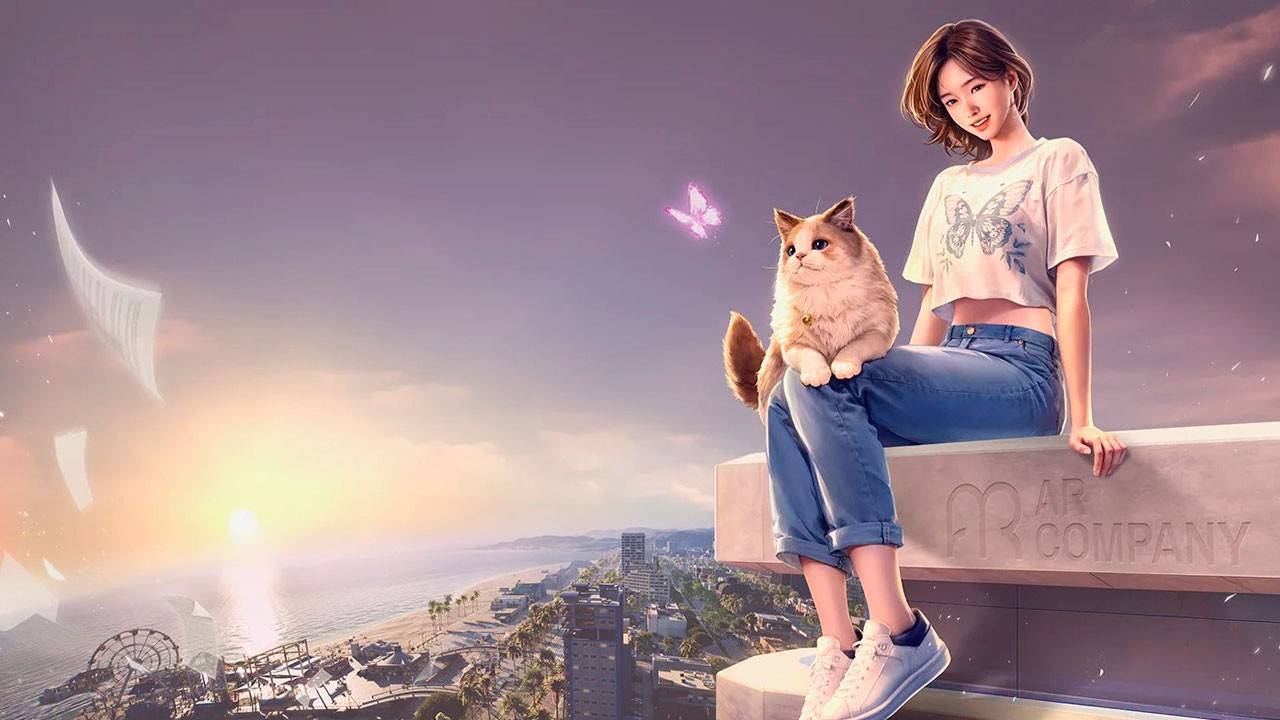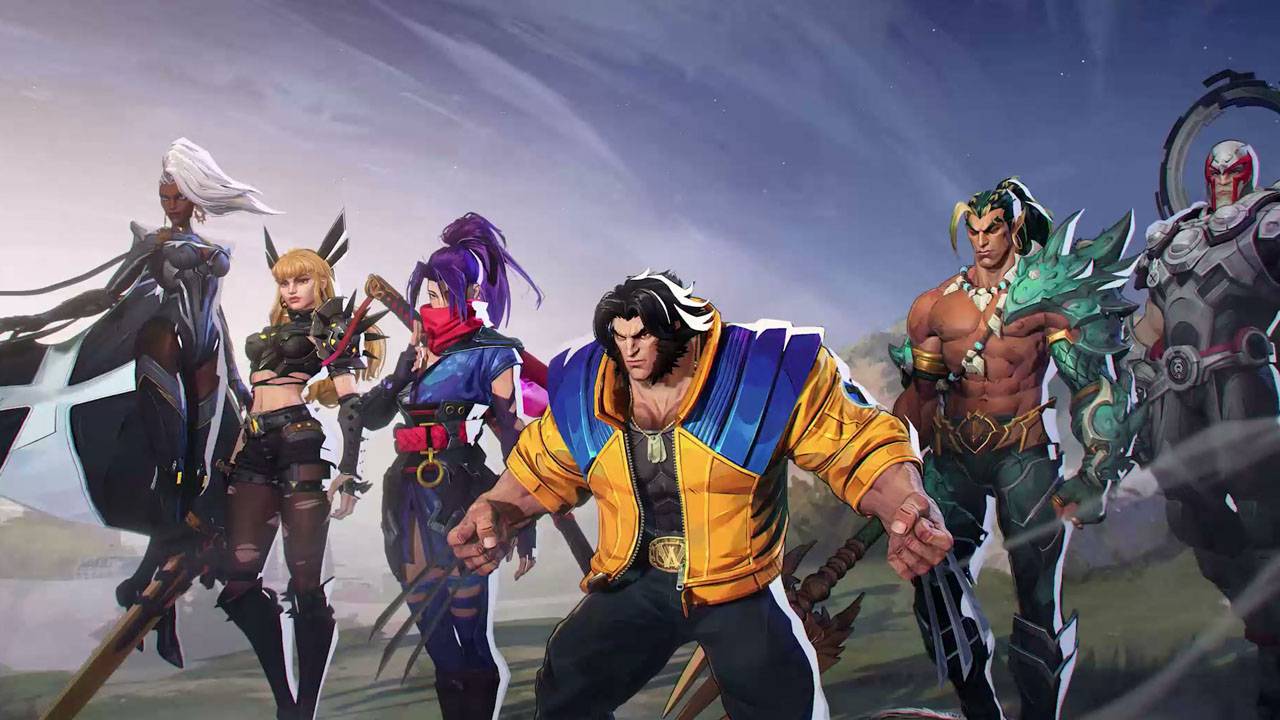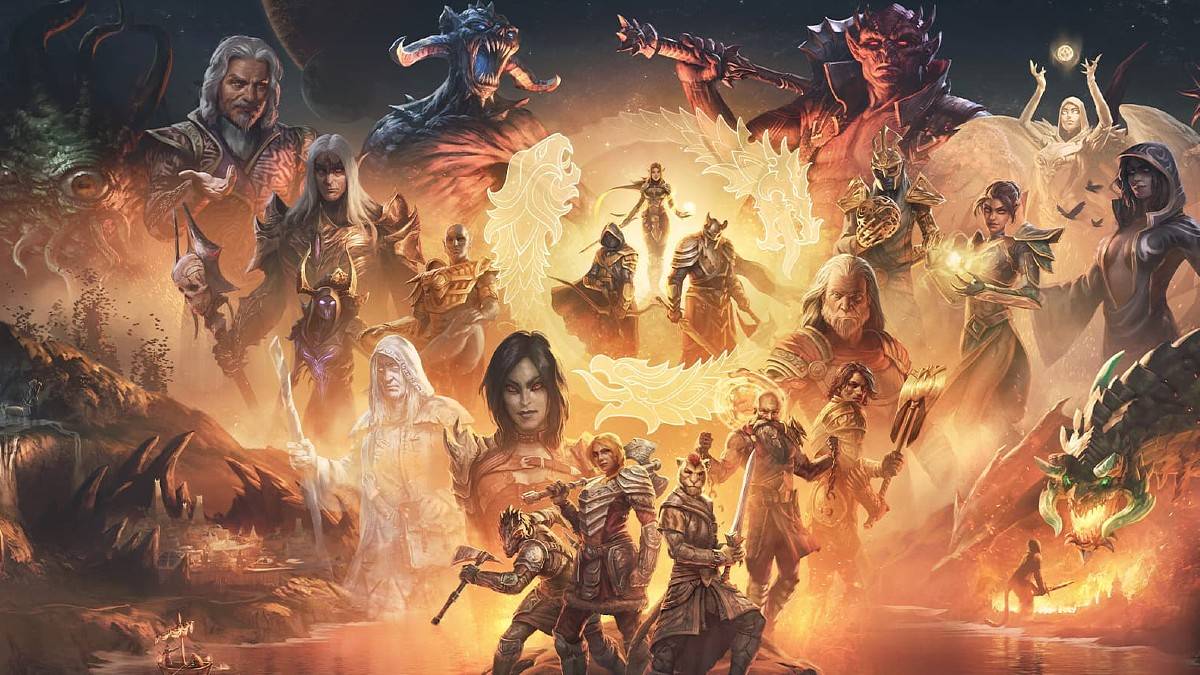With Monster Hunter Wilds breaking Steam records and Resident Evil enjoying unprecedented popularity thanks to Village and a series of stellar remakes, it's clear that Capcom is currently riding a wave of success. However, this wasn't always the case. Less than a decade ago, following a string of both critical and commercial flops, Capcom found itself struggling and disconnected from its audience.
Capcom was grappling with an identity crisis. Resident Evil, which had defined the survival horror genre, seemed to lose its edge after Resident Evil 4. Another flagship series, Street Fighter, was struggling after the lukewarm reception of Street Fighter 5. It seemed as though Capcom might be on the brink of collapse.
Yet, in the midst of these challenges, Capcom found a path forward. A shift in their game development strategy, bolstered by a new, powerful game engine, breathed new life into their beloved series. This rejuvenation has led to a string of critical and commercial successes that have firmly re-established Capcom as a major player in the gaming industry.
Resident Evil Lost Its Way
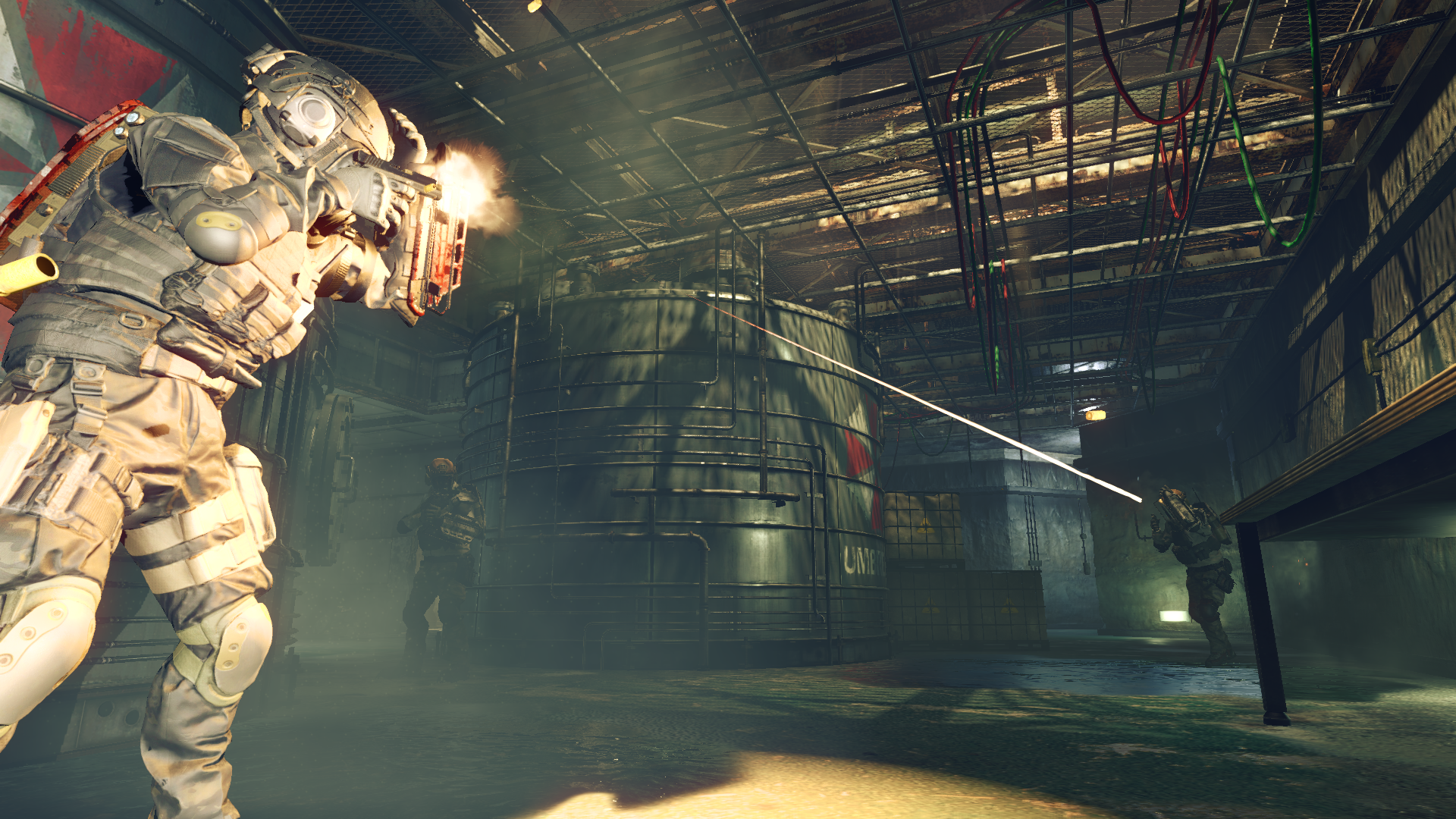 Resident Evil 6 marked a low point for the mainline series. Credit: Capcom
Resident Evil 6 marked a low point for the mainline series. Credit: Capcom
2016 was a challenging year for Capcom. The release of Umbrella Corps, an online co-op shooter, was met with harsh criticism from both reviewers and fans. Meanwhile, Street Fighter 5 left longtime fans disappointed, and Dead Rising 4 marked the end of new entries in that series.
This period was the culmination of several difficult years for Capcom, starting around 2010. The mainline Resident Evil games saw declining critical reception despite strong sales, Street Fighter was struggling, and other key franchises like Devil May Cry were absent. Even Monster Hunter, Capcom's most successful franchise at the time, was predominantly popular in Japan and had difficulty penetrating international markets.
"Many of us started feeling that what the fans and players wanted from the series was getting a little bit separate from what we were making."
This sentiment is a far cry from the Capcom we know today. Since 2017, Capcom has consistently released hit games from its flagship franchises, earning both sales and critical acclaim. This impressive lineup includes Monster Hunter World, Devil May Cry 5, Street Fighter 6, and a trio of industry-leading remakes, alongside an acclaimed soft reboot of the Resident Evil series. It's as if Capcom has found a formula for success that seems unstoppable.
Achieving this turnaround required more than just learning from past mistakes. Capcom had to overhaul its entire strategy, from targeting different types of players to adopting new technology. IGN spoke with four of Capcom’s leading creatives to understand how the company navigated this transformation.
Capcom was founded in 1979 as a manufacturer of electronic game machines, or "capsule computers." It rose to prominence in the 80s and 90s with iconic 2D games like Street Fighter and Mega Man, and later made a successful transition to 3D gaming with titles like Resident Evil. From 2000 to 2010, Capcom managed to modernize many of its classic franchises, resulting in masterpieces like Resident Evil 4.
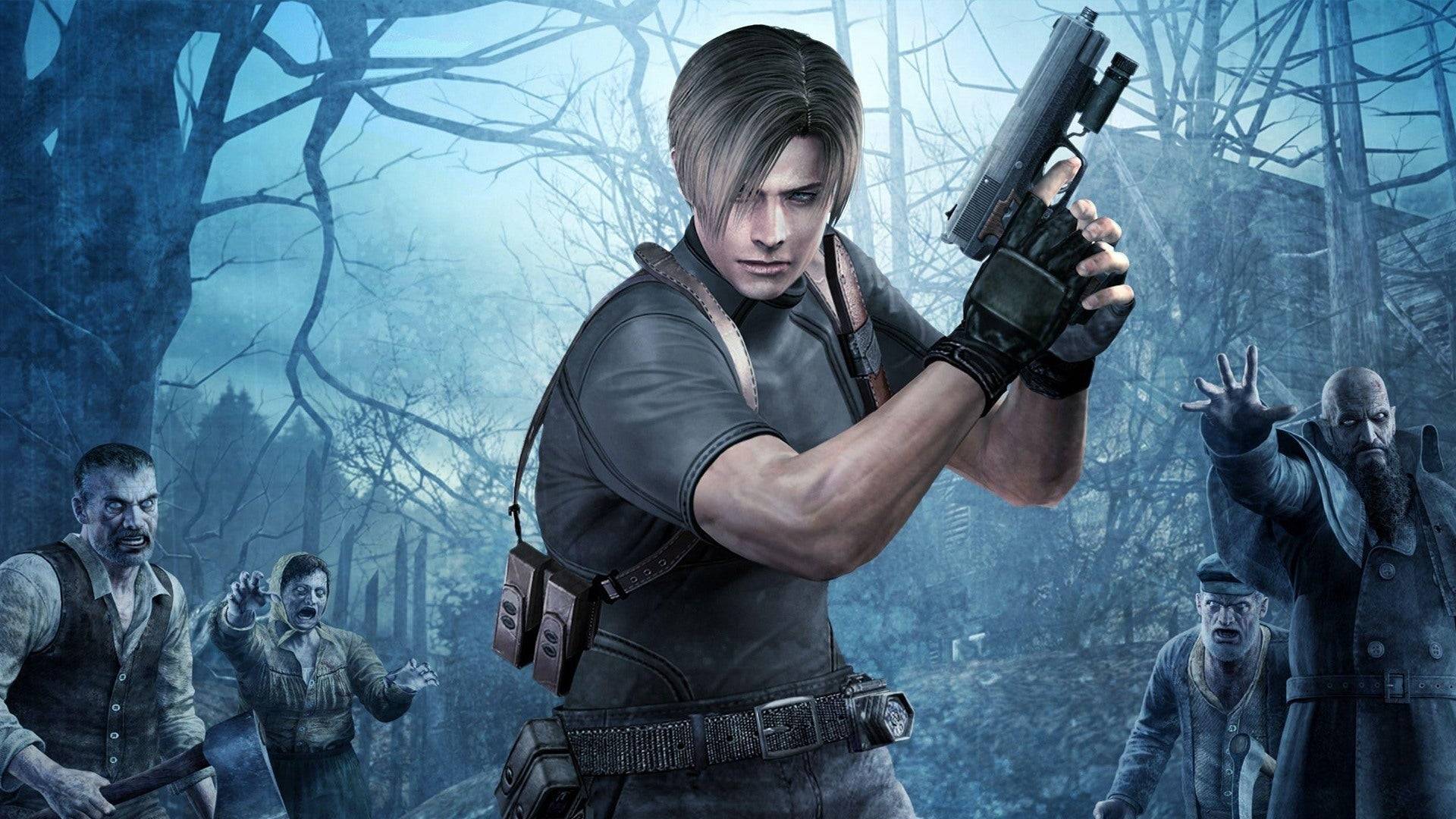 Resident Evil 4 is often hailed as the best in the series. Credit: Capcom
Resident Evil 4 is often hailed as the best in the series. Credit: Capcom
Resident Evil 4, released in 2005, is widely regarded as a high point in gaming due to its innovative blend of horror and action. However, this balance was not maintained in subsequent entries. Resident Evil 5 featured more action-oriented elements, like Chris Redfield's famous boulder-punching scene, which many felt strayed too far from the series' survival horror roots. This shift was evident to both players and developers, including Resident Evil 4 remake director Yasuhiro Ampo, who has been working on Resident Evil games since 1996.
“Overall throughout the Resident Evil series, we set up different goals, challenges, and things we want to try with each game… But this time, many of us started feeling that what the fans and players wanted from the series was getting a little bit separate from what we were making,” Ampo reflects.
This confusion led to Resident Evil 6, which attempted to cater to both action and horror fans but ended up satisfying neither. The game featured six playable characters and three unique storylines, resulting in a disjointed experience. Fans expressed their disappointment online, and Capcom continued to experiment with spinoffs like the online co-op Umbrella Corps.
The struggles weren't limited to Resident Evil. Street Fighter 4 was a massive success, but Street Fighter 5 failed to meet expectations due to its lack of single-player content and poor online functionality. Similarly, Devil May Cry saw diminishing returns, leading Capcom to outsource the next game, DmC: Devil May Cry, to UK-based studio Ninja Theory. While DmC has since gained a cult following, its reception was initially negative, and the series was put on hold.
This period of misfortunes defined Capcom's early to mid-2010s. Key franchises struggled to replicate past successes, and new titles like Lost Planet and Asura's Wrath failed to capture audiences. There were occasional bright spots, such as Dragon's Dogma, but overall, Capcom's focus was scattered.
It was clear that a change was necessary.
Street Fighter 5, The Lost Cause
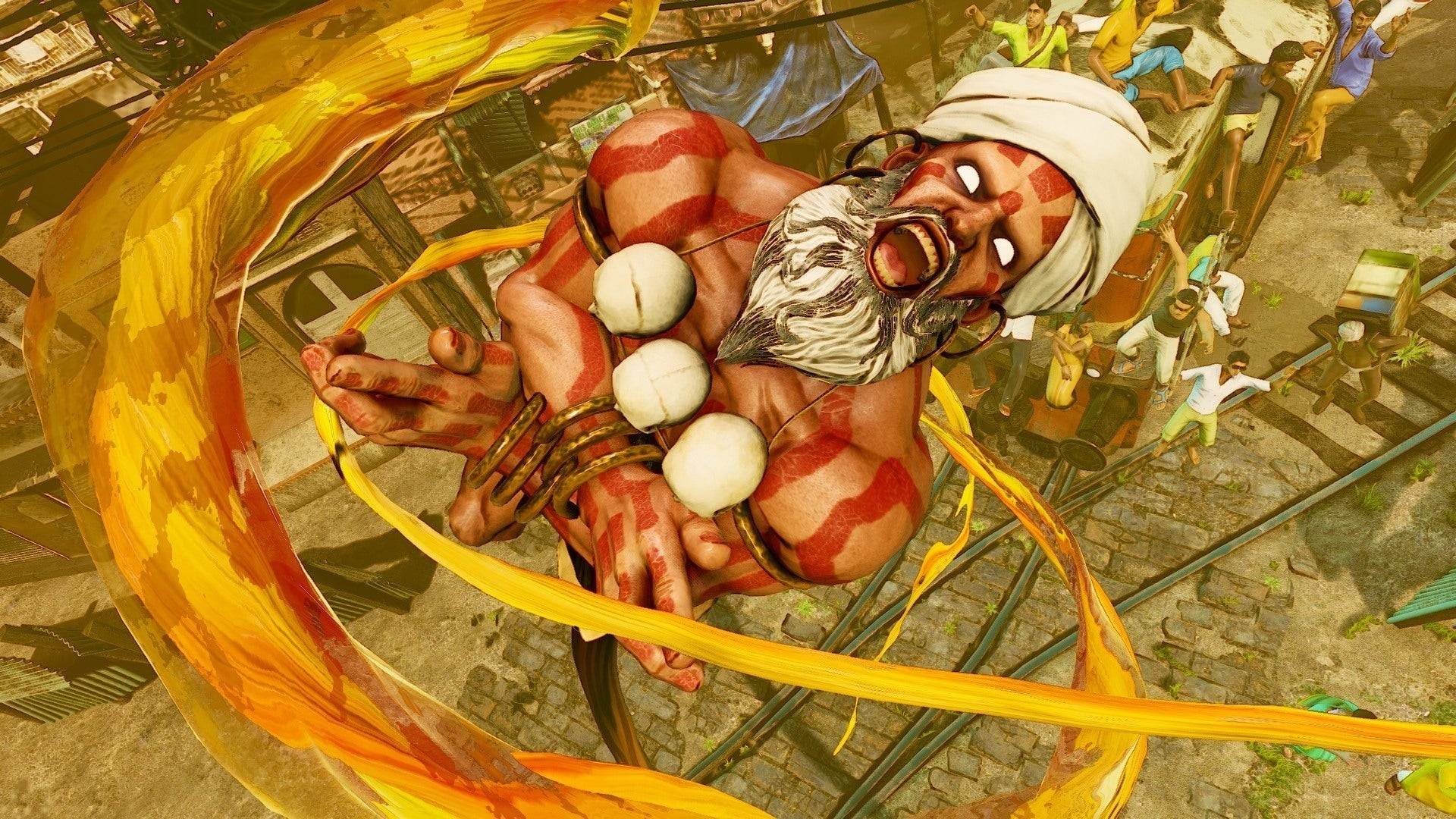 Street Fighter 5 was a disappointment. Credit: Capcom
Street Fighter 5 was a disappointment. Credit: Capcom
By the mid-2010s, Capcom began implementing changes that would ultimately transform the company's fortunes. The first step was to address the immediate issues with Street Fighter 5. Director Takayuki Nakayama and producer Shuhei Matsumoto were brought in to stabilize the game.
Although neither were involved from the start, they inherited a game in need of significant fixes. “There definitely were some challenges within the production of the game, and that was part of the reason why I was brought into the team,” Nakayama admits. “And because we were in a point in development where we couldn’t really make any major pivots or shifts, we had to proceed and move forward in the direction we were currently in, which created constraints on what we could and couldn’t do.”
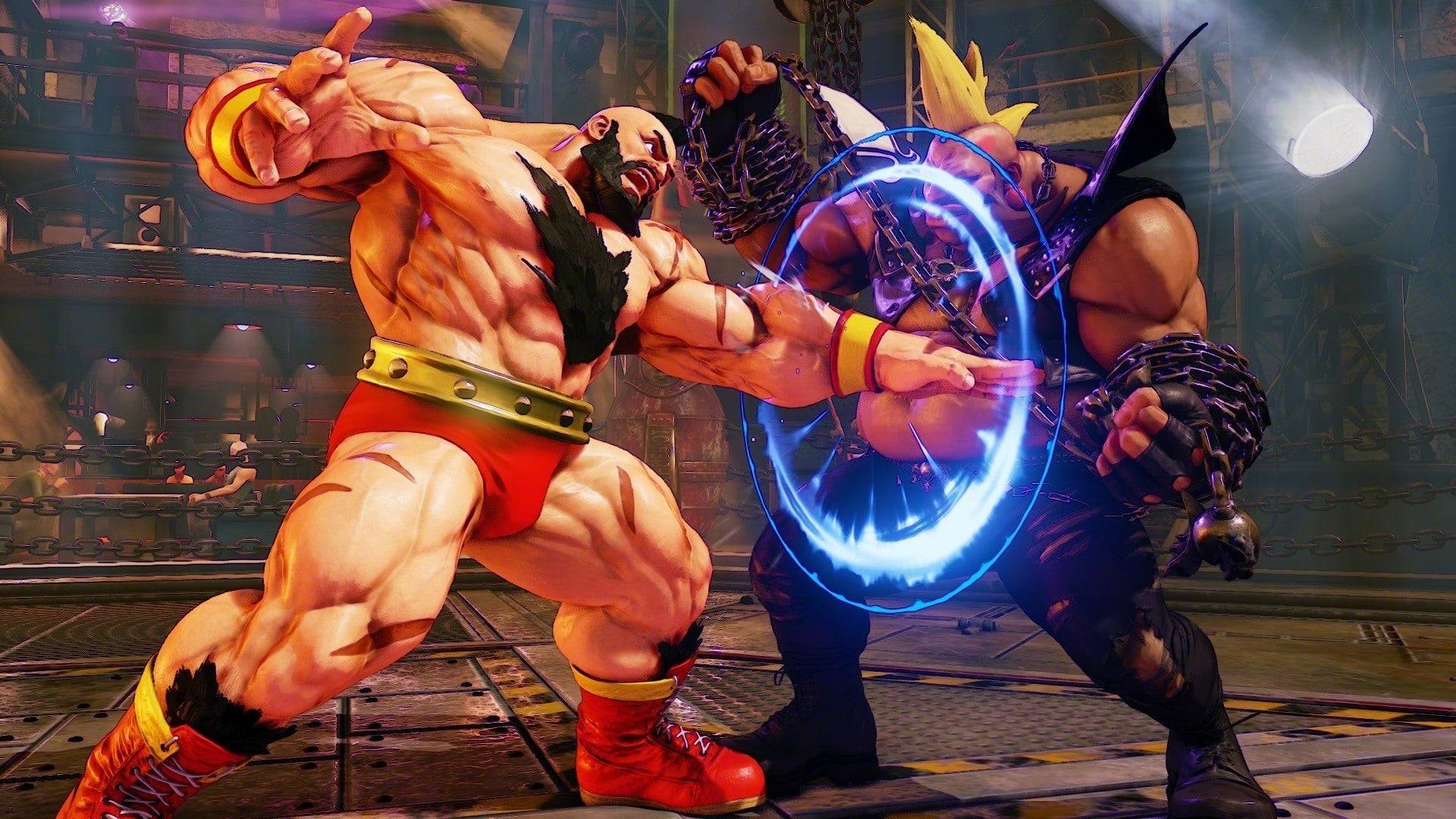 Street Fighter 5 was later improved into Street Fighter 5: Arcade Edition. Credit: Capcom
Street Fighter 5 was later improved into Street Fighter 5: Arcade Edition. Credit: Capcom
These constraints limited the scope of improvements they could make. Instead of transforming Street Fighter 5 into a top-tier game, much of Nakayama's work focused on addressing the most pressing issues and preparing for Street Fighter 6.
"We just didn’t really have enough time to address some of the problems and challenges we faced in Street Fighter V," Nakayama explains. "And so, with our hands tied behind our backs, we basically had to wait for those ideas to be brought back for the initial conceptual phases for Street Fighter 6, so we could tackle and do things properly for the next title."
Why didn't Capcom abandon Street Fighter 5 and start fresh with a sequel? According to Matsumoto, it wasn't an option. “There wasn’t any sort of sense of like, ‘Okay let’s just end Street Fighter 5 and focus on Street Fighter 6.’ It was more like, while we were working on Street Fighter V, we were trying to figure out what we really wanted to do in Street Fighter 6 content-wise,” he says.
“Basically, we tried different things during the development of Street Fighter 5 to see if it worked and then we took the things that did work and applied that to Street Fighter 6. It was like the development of Street Fighter V was an ongoing process that helped us figure out, ‘Okay, what is it that we want to do for the next level?’”
The team used Street Fighter 5 as a testing ground to learn from their mistakes and inform the development of the sequel. This process included numerous updates, from improving the netcode and rebalancing characters to introducing new mechanics like V-Shift.
The broader goal was to make fighting games fun again. Street Fighter 5 had become frustrating for many players. “We both realized that fighting games are fun, and when you get used to them, it becomes more enjoyable and something you can essentially play forever as long as you have an opponent to play against,” Matsumoto notes. “However, one of the challenges that we faced with Street Fighter V is that we felt that there wasn’t a clear pathway that helped guide players to get to that level where they finally feel like they’re having fun and will want to continue playing.”
Street Fighter 6 took a different approach, aiming to be more accessible to new players while retaining the elements that seasoned fans loved. By using Street Fighter 5 as a testing ground, Capcom was able to launch Street Fighter 6 in 2023 as one of the most critically acclaimed games in the franchise.
However, Capcom needed to ensure that such overhauls wouldn't be necessary in the future. This required significant behind-the-scenes changes.
Monster Hunter Took Over The World
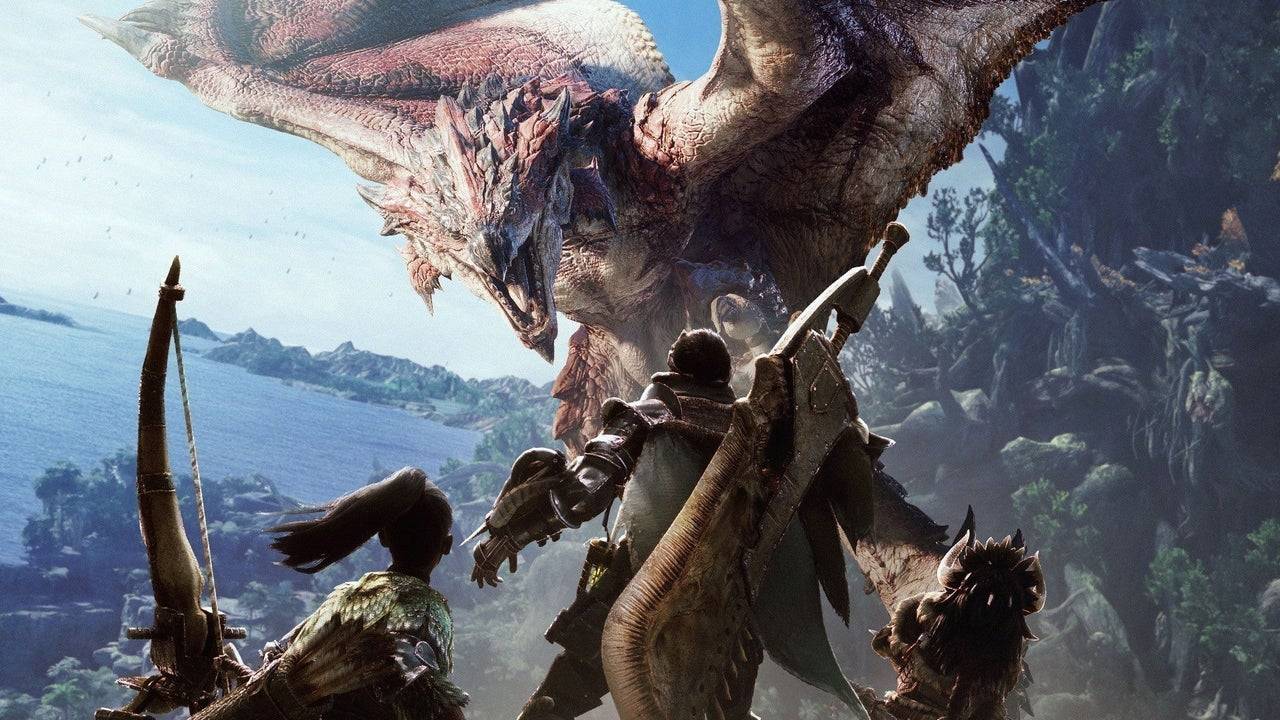 This marked the beginning of the Monster Hunter revolution. Credit: Capcom
This marked the beginning of the Monster Hunter revolution. Credit: Capcom
Around the time of Street Fighter 5's launch in 2016, Capcom underwent an internal reorganization to prepare for a new generation of games. These games would run on the company's new RE Engine, replacing the aging MT Framework. But this wasn't just about new tools; it was about a new mandate to create games for a global audience.
“It was a few factors that came together,” says Hideaki Itsuno, a former game director at Capcom known for his work on Devil May Cry. “The change of the engine and also all teams were given a very clear goal at that point to make games that reach the global market. [Games] that are fun for everyone.”
During the PS3 and Xbox 360 era, Capcom focused heavily on capturing the "Western games market." Titles like Resident Evil 4 were successful, but spinoffs like Umbrella Corps and the Lost Planet series failed to resonate. Capcom realized it needed to create games that appealed to a broader, global audience.
“I think that we had that clear goal of just focusing and not holding anything back,” Itsuno says. “Towards making good games that would reach people from all over the world.”
Itsuno notes that the time leading up to 2017 was pivotal. “The changes in organization and the changes in the engine, all these elements came together around that time,” he says. Resident Evil 7, released in 2017, marked the beginning of a Capcom renaissance.
“I think that we had that clear goal of just focusing and not holding anything back towards making good games that would reach people from all over the world.”
No other series better exemplifies this new goal of global success than Monster Hunter. While it had dedicated fans in the West, Monster Hunter was much more popular in Japan. The series wasn't intentionally designed to be Japan-only, but several factors contributed to its regional success.
Monster Hunter found success moving from PlayStation 2 to the PSP with Monster Hunter Freedom Unite. Handheld gaming was more popular in Japan, and according to series executive producer Ryozo Tsujimoto, Japanese gamers could easily play with friends thanks to the widespread adoption of mobile consoles.
“20 years ago in Japan, having a network connection wasn't as easy, and there weren’t a huge amount of people playing Monster Hunter online. However, handheld consoles made multiplayer gameplay easy without internet access, and I regard it as a great success that we had players experience the game in this way, which was one of the ways we really wished for them to play and enjoy it, even in that era when online gameplay wasn't easy.”
Monster Hunter's core focus on cooperative play was best suited for handheld consoles, which led to a cycle where the series became a best-seller in Japan, prompting Capcom to release Japan-only content and host Japan-only events, reinforcing the series' local focus.
However, Monster Hunter did have fans in the West, who were eager for more content. As internet infrastructure improved globally, Tsujimoto and his team saw an opportunity to launch a more globally accessible Monster Hunter game.
Monster Hunter: World, released in 2018 on PlayStation 4, Xbox One, and PC, was a game-changer. It was designed for large-scale, AAA console quality with enhanced graphics, larger areas, and bigger monsters.
“Our approach to the globalization of the series and Monster Hunter in general really ties into not only the themes that we had going into designing the game, but also in the name of the game,” Tsujimoto reveals. “The fact that we called it Monster Hunter: World is really kind of a nod to the fact that we wanted to appeal to this worldwide audience that we wanted to really dig into and experience Monster Hunter for the first time.”
To ensure Monster Hunter: World appealed to a global audience, it was released simultaneously worldwide without any Japan-exclusive content. Tsujimoto and his team also conducted global focus tests to refine the game's systems based on player feedback.
One significant change was displaying damage numbers when players hit monsters, which helped broaden the game's appeal. This approach led to Monster Hunter: World and its 2022 follow-up, Monster Hunter Rise, both selling over 20 million copies.
“The fact that we called it Monster Hunter: World is really kind of a nod to the fact that we wanted to appeal to this worldwide audience that we wanted to really dig into and experience Monster Hunter for the first time.”
This growth wasn't accidental. Instead of altering Monster Hunter to suit Western tastes, Tsujimoto and his team found ways to make the series more accessible to a global audience without compromising its essence. This approach continues with Monster Hunter Wilds.
“At its heart, Monster Hunter really is an action game, and that sense of accomplishment you get from really mastering that action is an important aspect of Monster Hunter,” Tsujimoto explains. “But for newer players, it's really about getting to that point. The steps involved in getting to that sense of accomplishment is what we're trying to strategize for, in terms of designing for new players. So with World and Rise, for example, we were taking great care to analyze where players got stuck, what was hard to understand, what they were having trouble with, getting player feedback, and also doing our own kind of research into that. And all of that kind of knowledge has impacted how we've implemented new systems into Wilds.”
Resident Evil 7 Began Turning Things Around
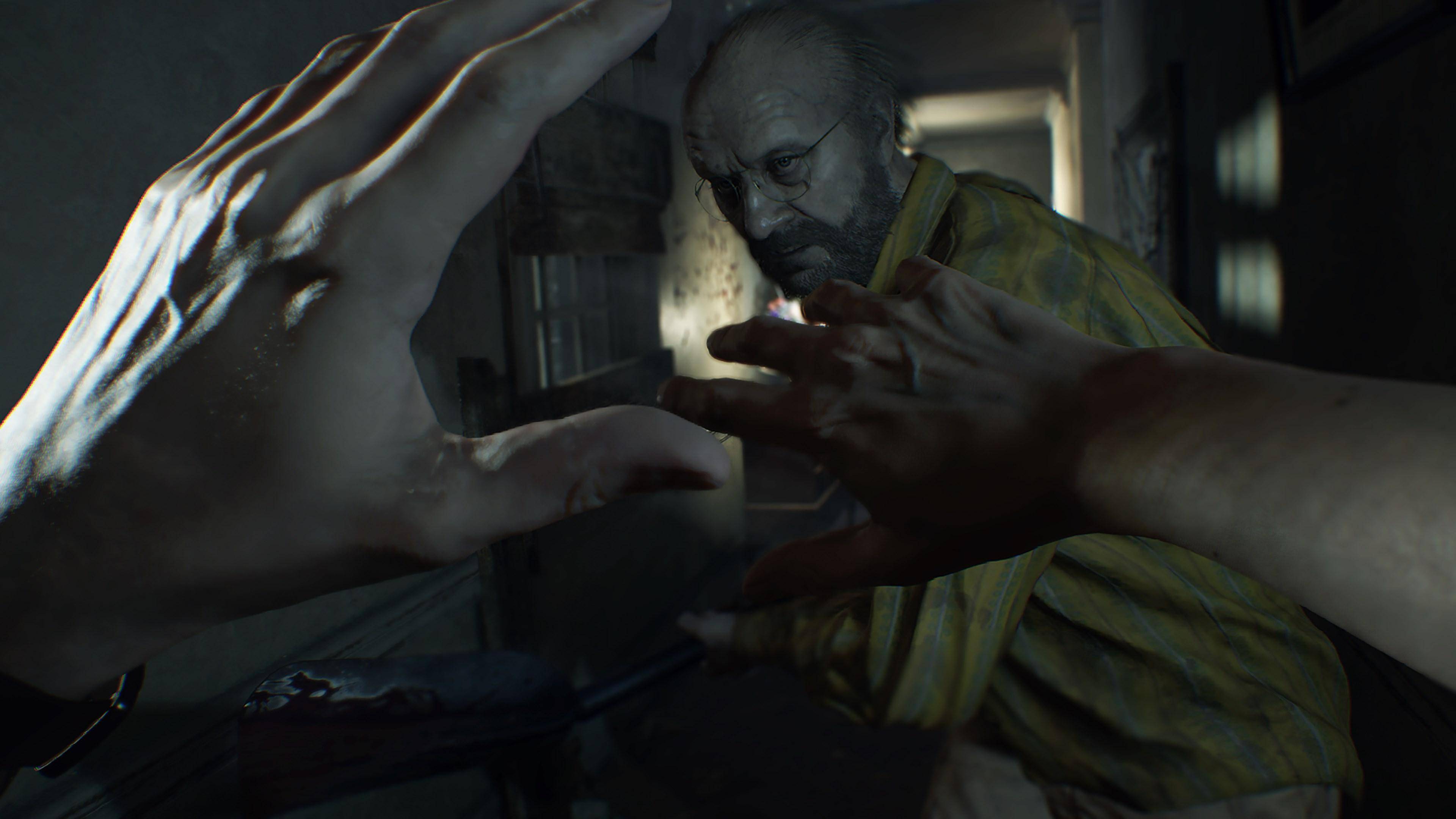 Welcome to the family. Credit: Capcom
Welcome to the family. Credit: Capcom
Monster Hunter had a successful formula, but the challenge was convincing a global audience to embrace it. For Resident Evil, the development team needed to choose between gory action and survival horror. Resident Evil executive producer Jun Takeuchi made the call.
“It was around the time I was working on Resident Evil Revelations 1 and 2. I was trying to test different things, try different approaches,” recalls Resident Evil 2 and 4 Remake director Yasuhiro Ampo. “And around this time is when the R&D teams were divided into R&D division one and two. The executive producer of the Resident Evil series, Jun Takeuchi, took command of R&D division one, and he set the core direction that the Resident Evil series needed to go back to its origins, to its roots.”
Takeuchi decided that Resident Evil should focus on survival horror. This decision proved to be the right one. Resident Evil 7 was announced at PlayStation's E3 2016 conference with a first-person perspective trailer, which generated immense excitement.
“We cannot underestimate how critical it is for the series for it to be scary."
The shift to first-person allowed Resident Evil to reclaim its horror roots. “With Resident Evil 7, the executive producer, Jun Takeuchi, made it clear that we cannot underestimate how critical it is for the series for it to be scary and about survival. So he made it clear that Resident Evil 7 would go back to its origins, it would be very cautious with its survival elements. And with that as a basis, then we would try new and different things,” Ampo says.
Resident Evil 7 was a success, reintroducing survival horror to the series. Its southern gothic setting added to its terrifying atmosphere, making it one of the scariest games in the franchise.
However, Capcom didn't abandon the third-person perspective entirely. They planned to release third-person games through remakes, starting with Resident Evil 2. The demand for remakes was clear due to fan projects at the time.
“It was like, ‘all right people really want this to happen.’ So producer [Yoshiaki] Hirabayashi came up with the slogan: ‘Well, we’ll do it,’” Ampo reveals.
The Resident Evil 2 remake was a critical and commercial success, blending horror, action, and puzzles with a new menacing Tyrant system. Under Ampo's direction, it became the second best-selling Resident Evil game.
"Resident Evil 4 is a game that is so beloved. If we get anything wrong with the remake, people might be quite vocal about their discomfort.”
Following the success of Resident Evil 2, Capcom remade Resident Evil 3. However, remaking Resident Evil 4 was a contentious decision due to its continued popularity. Despite initial hesitation, the team proceeded, and the Resident Evil 4 remake was another hit. The remake focused on fine-tuning the balance between action and horror, maintaining the series' survival horror roots while enhancing its darker tone.
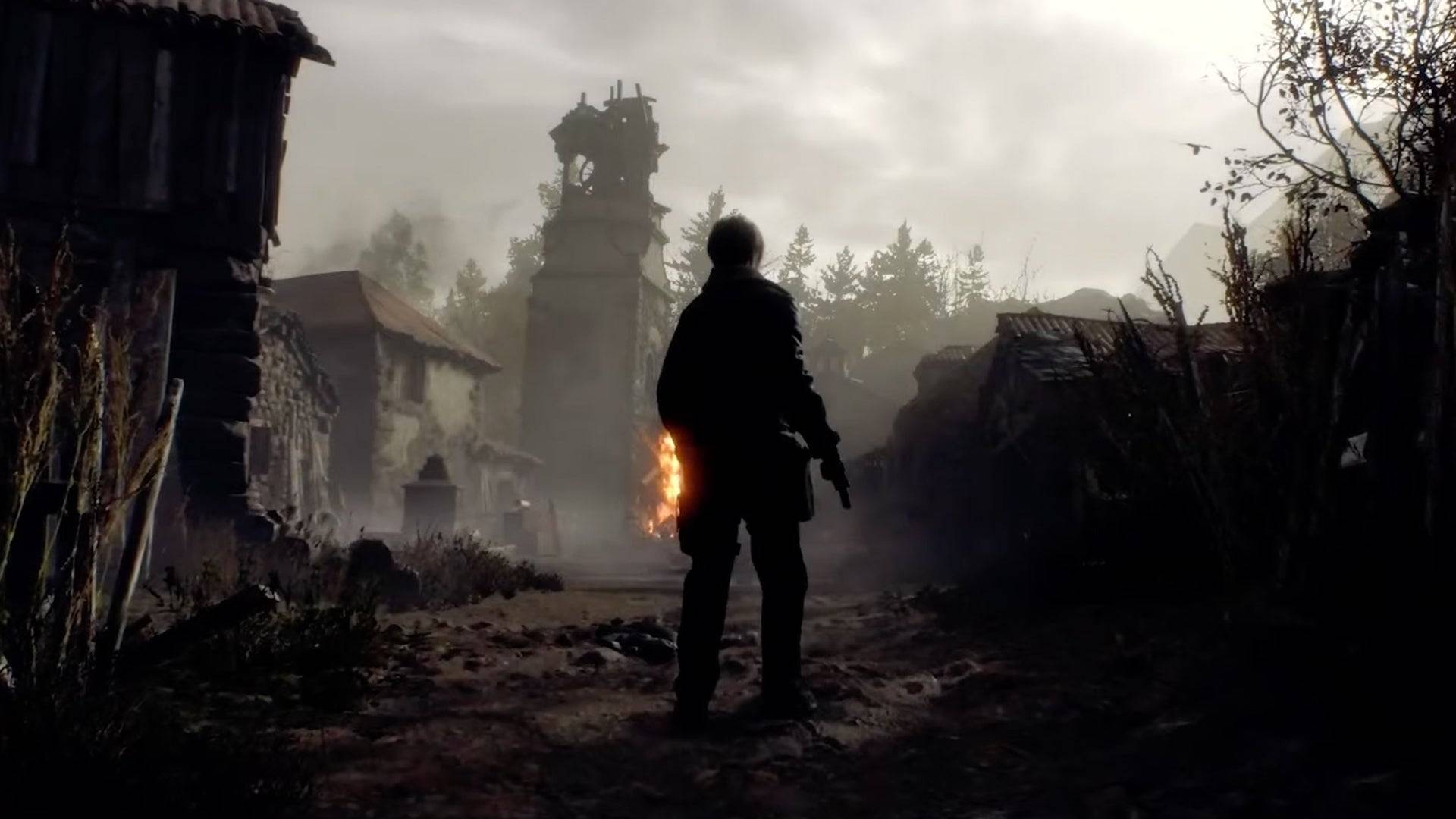 Horror reborn. Credit: Capcom
Horror reborn. Credit: Capcom
Around the same time, Devil May Cry director Hideaki Itsuno had a similar realization. After working on Dragon's Dogma, Itsuno noticed the action genre becoming too casual. When he returned to direct Devil May Cry 5, he aimed to challenge the audience and leverage Capcom's new RE Engine.
The Reason Behind The Change
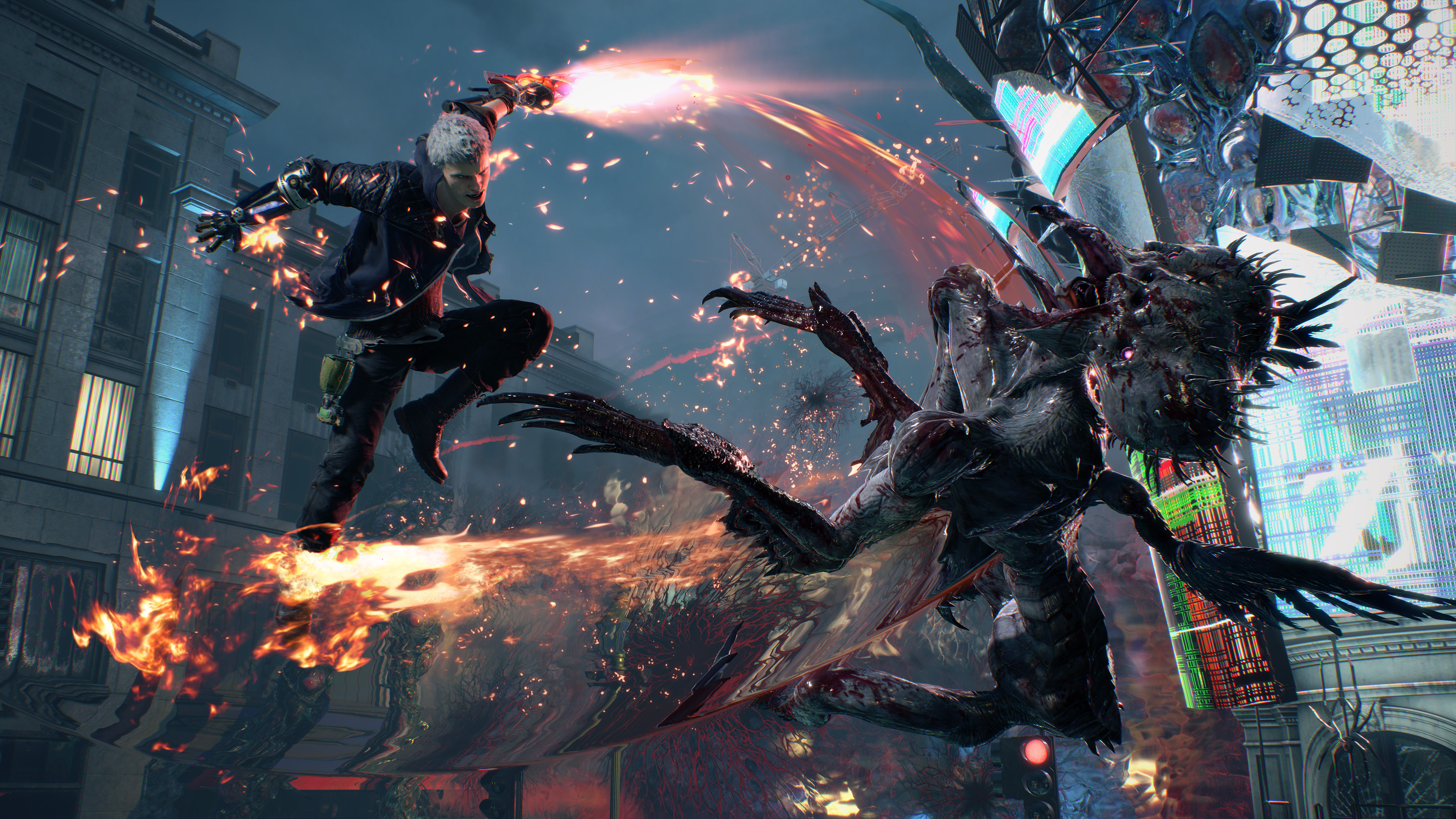 Their goal? To make the coolest game ever. Credit: Capcom
Their goal? To make the coolest game ever. Credit: Capcom
“I felt like the main trend with action games was to make action games that were very kind,” Itsuno admits. “Maybe, for me, a little bit too kind to the players, lending a hand to the player too much to my liking.”
Itsuno, who has directed every Devil May Cry game since the second installment, returned after a decade to create one of the most successful games in the franchise. The time away allowed him to refine his vision, and the new RE Engine provided the necessary tools.
"Technology-wise, there were not just little improvements that you would have when you work on a series consecutively," Itsuno says. "When there’s a wide timeframe, [the technology] changes significantly.”
The RE Engine offered higher visual fidelity and greater flexibility, allowing Capcom's teams to experiment and refine their games more efficiently. “So the original concept for the RE Engine was to allow for a development environment that was less stressful and could help us to make things quicker. Because it’s an internally developed engine, when we needed any additional tools, well, we could ask for them internally. They could be fixed somewhat quickly, internally, and also iterated on,” Ampo explains.
This flexibility was crucial for Itsuno, whose goal was to create the "coolest" action game possible. The RE Engine's capabilities allowed him to enhance the style and flair of Devil May Cry.
“Devil May Cry is a franchise that stands on being cool,” Itsuno says. “That’s what the franchise is, it’s about being cool. Ever since I took over the series from Devil May Cry 3, I put everything that I, as a person, I considered throughout my life to be cool. Anything I’ve seen on TV, in movies, and comics I’ve read, any sport experiences I’ve had, I try to distill everything that I think is cool into what the game is.”
A New Capcom Golden Age
Since 2017, Capcom has released a game of the year contender almost annually. In an industry where consistency is challenging, Capcom's streak of 10 critically acclaimed games in less than a decade is remarkable. This trend continues with Monster Hunter Wilds.
By focusing on creating globally appealing games with a technologically advanced engine, Capcom has found a formula for success. Today, Capcom can seamlessly transition between genres without missing a beat, from laser-focused fighting games to intense survival horror to expansive open-world action RPGs.
"Capcom is going through a golden era, and, well, now we have to do everything we can so that this lasts one more year, one more year, and every year, one more year."
What's more impressive is that Capcom's mission to create global, mainstream games has not diluted its core offerings. Instead, Capcom has achieved a balance that keeps its games true to their roots while expanding their audience by millions.
Many of Capcom's contemporaries are now in the position Capcom was a decade ago, chasing trends and losing their identities. But for Capcom, the changes made over the past decade have ushered in a new golden age that shows no signs of slowing down.
When asked if they believe this is a new Capcom Golden Age, the directors largely agreed. Street Fighter's Nakayama says, “It’s a very exciting time to be at Capcom right now. A lot of us are able to get excited about what we’re working on and are able to focus on things that we think are fun. So, yes, I guess a golden age may be one interpretation of that.”
Monster Hunter's Tsujimoto adds, “Capcom is going through a golden era, and, well, now we have to do everything we can so that this lasts one more year, one more year, and every year, one more year. Hopefully we can extend it as long as we can.”




